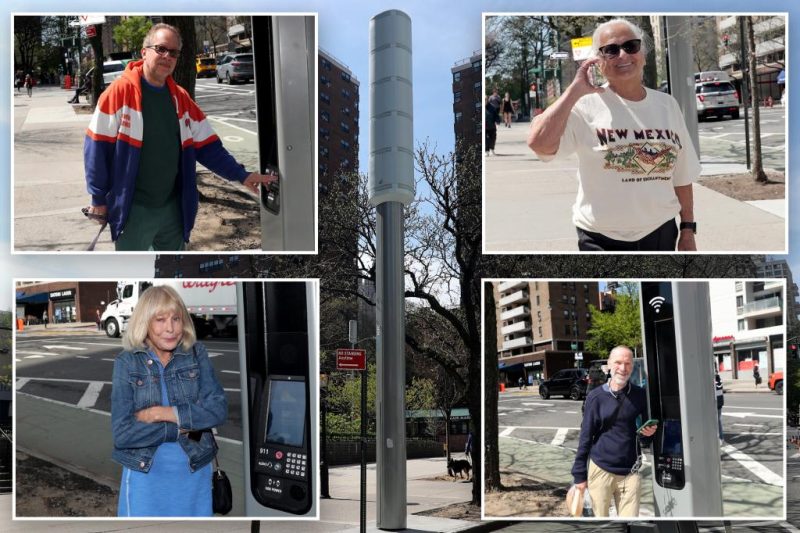
A new 5G cell tower on Columbus Avenue in Manhattan’s Upper West Side has ignited a firestorm of controversy among residents. The sleek, futuristic design, while perhaps impressive in its own right, is clashing dramatically with the established architectural aesthetic of the ritzy neighborhood. Many residents have voiced their disapproval, describing the tower as an eyesore and a jarring intrusion into the neighborhood’s character.
The tower’s imposing size and modern design are at the heart of the complaints. Some residents have likened its appearance to something more fitting for a futuristic cityscape like Dubai than the historic streets of the Upper West Side. The contrast between the tower’s bold lines and the surrounding brownstones has left many feeling that it simply doesn’t belong.
Beyond the aesthetic concerns, there are underlying issues of urban planning and community consultation. Residents feel that the installation of such a large structure was undertaken with little to no input from the local community. This lack of transparency and engagement has further fueled the residents’ anger and frustration.
The debate highlights a growing tension between the need for modern infrastructure and the preservation of neighborhood character. While 5G technology is undoubtedly important for the future, the implementation of such projects requires careful consideration of their impact on existing communities. Finding a balance between technological progress and the preservation of aesthetic harmony remains a challenge for urban planners and developers alike. The controversy surrounding this particular cell tower underscores the importance of open communication and community engagement in the planning and execution of large-scale urban development projects.
The situation on the Upper West Side serves as a cautionary tale for future infrastructure projects. It emphasizes the need for a thoughtful approach that considers not only the technological requirements but also the aesthetic and social impact on the surrounding community. Only through such a holistic approach can we hope to avoid similar controversies in the future.










